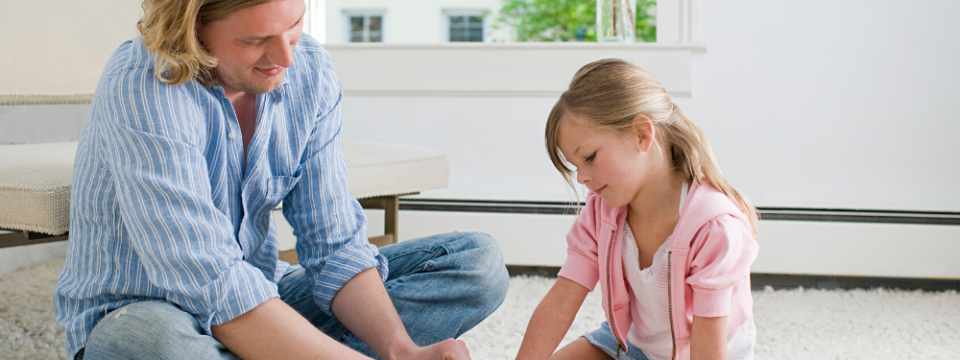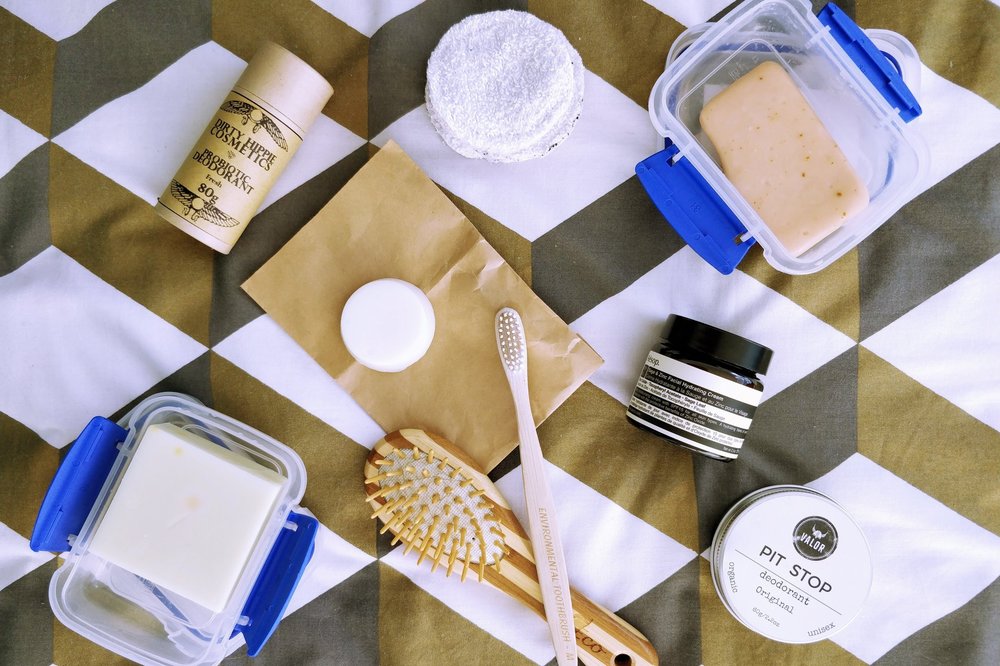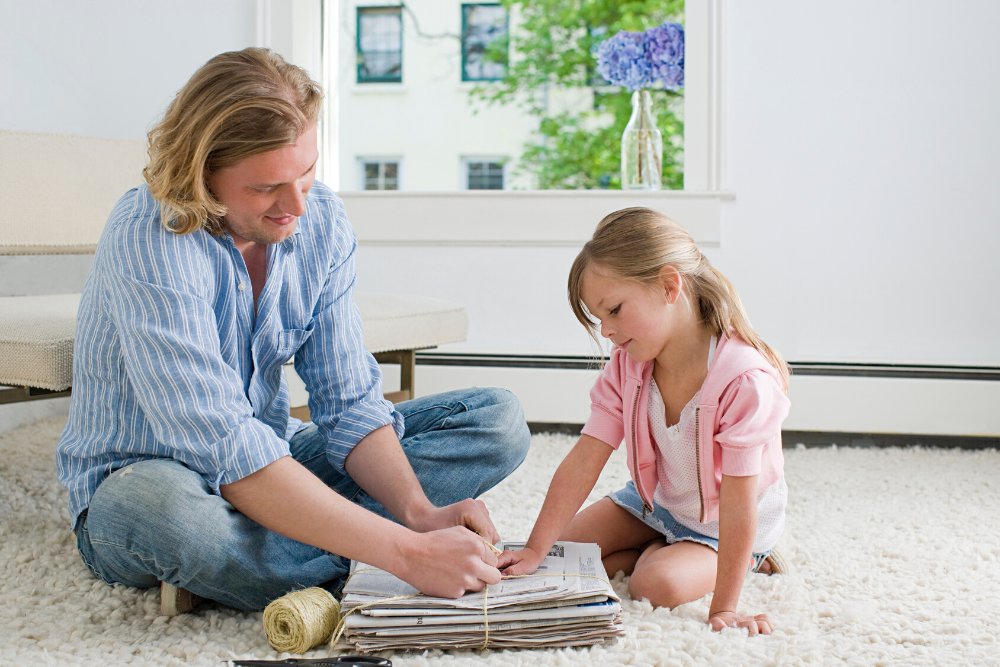In a world driven by mass consumerism, it’s difficult for children to be environmentally conscious. However, it’s important that children develop a sense of consciousness to maintain or improve the condition of our planet.
Parents, guardians and educators are one of the main role models for children. It’s important schools deliver Environmental Education to learners starting from an early age. The young people hold the fate of the planet. They must learn how to use resources wisely and take measures against climate change.
Environmental Education should not stop at school. Parents and guardians must also do their part to teach their children at home eco-friendly practises to help reduce waste and conserve resources.
Three R’s of Environmental Protection
Introduce the eco-friendly practice gradually and simply to your children. Use the simple Zero Waste principle, the three R’s: Reduce, Reuse and Recycle.
1. Reduce
Reduce refers to using or buying less of something. Teach children to use resources wisely. You can teach children to save water by teaching them eco-friendly practises such as turning off the water while brushing teeth or reducing how much electricity by turning off the lights when not needed or turning appliances when not in use.
Set an example by leading a minimalistic life. Don’t buy things you don’t really need. Avoid buying into fast fashion. Buy clothes that you can incorporate into your wardrobe for a long period of time. To avoid waste, donate your clothes or unwanted items to a charity to give them a new home.
2. Reuse
Encourage your children to avoid using single plastic. Opt for reusable and eco-friendly items such as reusable shopping bags – they are sturdier and stronger solution than the old plastic bag. Plus, it helps reduce the plastic waste which can harm the environment.
3. Recycle
Instead of buying new toys, find ways to repurpose empty containers and discarded packing for your children. Teach your children alternative ways they can have fun by recycling. Transform your waste into a toy. Use recyclables at home and make toys that your kids will love to play with.
Waste Management
Early education on waste management is important so children can be aware of how their actions impact the world and will help them to be a responsible citizen as they grow up.
First, it’s important that children are educated on the different types of waste, so they are able to differentiate between the differences. A waste management system involves separating various waste materials into designated categories. Waste are typically separated into three categories: Biodegradable, Non-Biodegradable and Recyclable.
Biodegradable: waste that naturally degrades over time and can be used as fertilizer
Non-Biodegradable: Materials that cannot naturally decompose or take a long time to do so. For example, clothing materials, plastic bags and electronics.
Recyclable: This refers to materials that can be reused in the same form or another. It can be made both biodegradable and non-biodegradable materials.
Once you have taught your children the different types of waste. You can proceed by introducing a waste management system at home. Set up three different trash bins at home and label your trash containers or use different colours for each container. This way, children can get familiarised with waste segregation.
Children typically copy other’s actions. Demonstrate your kids with examples of common wastes and where it should be disposed. For example, show them where the plastic bottles, clothing and banana peels go.
Environmental Education designed for children
Children engage and learn better through visual activities. Check these Environmental Education resources designed to make learning fun for kids:
Lesson pack of the Three Rs: Reduce, Reuse, Recycle
How we can help the Environment powerpoint



2 thoughts on “How To Lead A Zero Waste Lifestyle With Children”